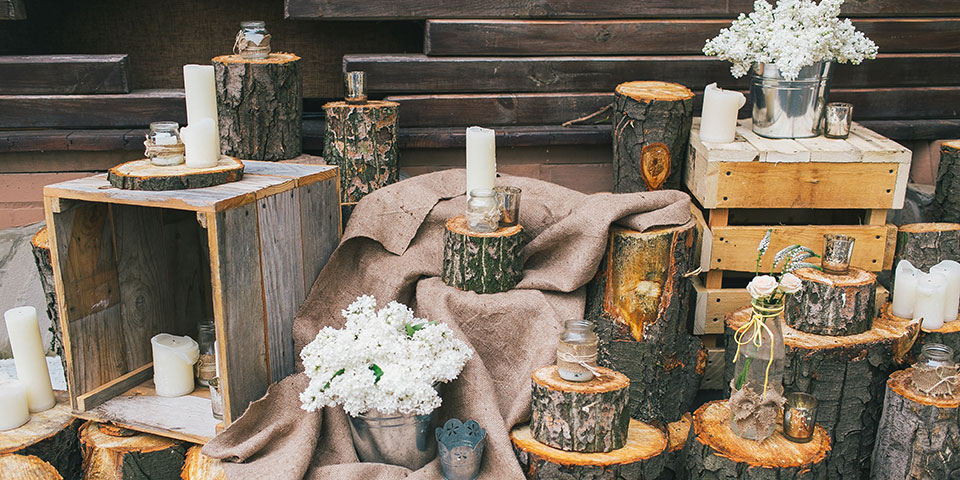Setting a wedding budget is crucial to help your finances stay on track throughout the wedding planning journey. But in order to create a realistic budget, you’ll need to understand exactly what costs to expect along the way!
From the obvious expenses (like your venue and catering) to miscellaneous costs you might not have considered (like thank you cards and photo albums), we’ve rounded up the ultimate wedding budget checklist for you below.
Use this comprehensive guide to understand the key elements that should factor into your wedding budget, and what percentage of your budget should be assigned to each category. With this handy checklist, you’ll be able to manage your budget more effectively – and avoid any unexpected surprises!
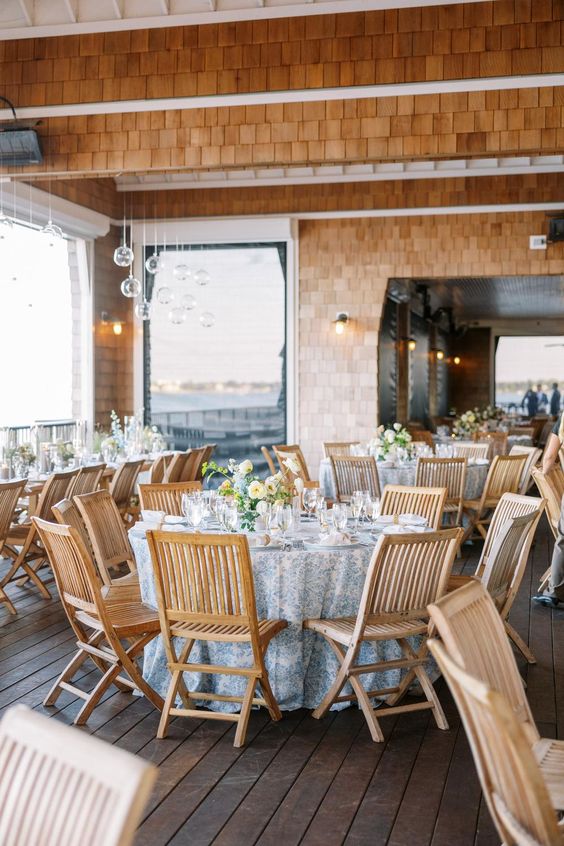
Setting Up Your Wedding Budget
Before you start breaking down your expenses, you’ll first need to figure out your overall wedding budget, as this will become the foundation of your wedding planning.
Start by assessing your financial situation, and consider your current savings, capacity for future savings, and contributions from family members. Setting a realistic budget that fits your financial situation will ensure you can enjoy your special day without unwanted stress.
While you don’t need to have an exact number right down to the dollar, you should at least determine a rough ballpark figure that you both feel comfortable with.
Not sure where to begin? Read our step-by-step guide to setting up your wedding budget here.
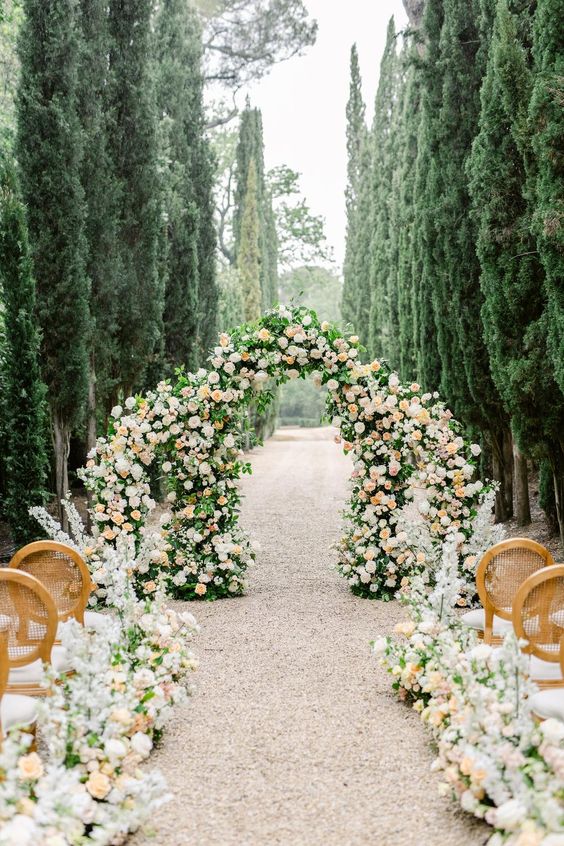
Prioritizing Your Expenses
Once you have a rough idea of your budget, the next step will be identifying your top priorities. These are the elements of your wedding that matter most to you and your partner.
Discuss your vision for the day together, and find your top 3-5 shared priorities. Our free printable wedding vision worksheet is the perfect tool to help you do exactly this!
Allocating funds based on your top priorities will help you maximize your budget, so you definitely don’t want to skip this step. Once you’ve narrowed down your non-negotiables, you can figure out where you’re happy to splurge and where you can save.
For example – if a stunning venue and world-class dining are important to you, you might want to allocate a larger portion of your budget to these areas. Alternatively, if you value live music but aren’t fussed about flowers, you’ll want to reduce your floral budget and invest more in entertainment.
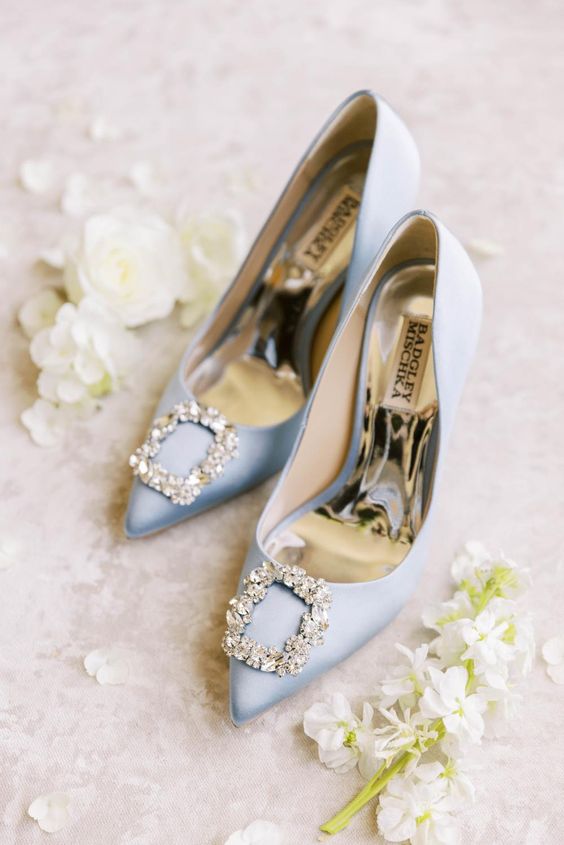
The Ultimate Wedding Budget Checklist
Now that you’ve set your budget and determined your priorities, it’s time to figure out where your money will actually be going!
We’ve compiled a comprehensive checklist of wedding expenses below, from catering to photography and stationery. Keep in mind that you might not necessarily require all of these elements – simply pick and choose the ones that are relevant to you.
Note: While we’ve also included some suggested percentages for each wedding category, remember that it really comes down to your personal preferences. You can use the percentages below as a helpful guide, but tailor your spending based on the top priorities you identified earlier.
Venue and Catering (40% of budget)
- Venue rental costs: This should cover venue hire for both ceremony and reception.
- Catering and bar services: This includes food, beverages and your wedding cake, along with catering and bar staff. Don’t forget about vendor meals, too.
- Venue extras: Plan for any additional costs like security and insurance.
Photography and Videography (10% of budget)
- Photographer: Don’t forget to factor in costs for your engagement shoot and wedding album, if needed.
- Videographer: If a wedding video is important to you, consider allocating some extra funds here for a professional videographer.
Attire and Accessories (7% of budget)
- Wedding dress and accessories: Including your wedding dress, veil, shoes, jewelry and alterations.
- Groom’s attire: Including the suit, shoes, and accessories.
- Wedding party attire: This depends on whether you’ve decided to cover (or partially cover) these costs for your bridesmaids and groomsmen.
Read our guide on who’s responsible for bridal party costs here!
Flowers, Decor and Lighting (8% of budget)
- Bouquets and boutonnieres: Including your bridal bouquet, bridesmaids’ bouquets and boutonnieres for special family members.
- Ceremony flowers: Including any backdrops or aisle arrangements.
- Centerpieces and additional floral arrangements: Factor in centerpieces and any additional floral needs for your reception (such as cake flowers or bar table centerpieces). Remember, you may be able to repurpose some ceremony flowers here!
- Decor and lighting: If furniture and lighting aren’t already included in your venue hire fee, you’ll need to allocate some additional funds here.
Music and Entertainment (7% of budget)
- DJ or band: Not sure which is right for you? Read our guide on choosing between a DJ or live band here.
- Ceremony musicians: Include the cost of musicians for your ceremony if relevant.
- Sound equipment rental. This is typically covered by your musicians, but it’s worth double checking if any additional needs are required.
Invitations and Stationery (3% of budget)
- Save-the-dates and invitations: Budget for printing and mailing save-the-dates and invitations. Alternatively, save money in this area by opting for digital invitations and a wedding website instead!
- Thank you cards: Include the cost of thank you cards, envelopes and postage.
- Wedding day signage: For example: welcome signage, ceremony programs, menus, place cards and seating charts.
Transportation (3% of budget)
- Wedding party transport. Including you, your partner and your entire wedding party.
- Guest transportation: For example: a shuttle bus to and from the venue.
Wedding Rings (3% of budget)
- Wedding Bands: Budget for wedding bands for both of you.
Wedding Planner (10% of budget)
- Full-service planner vs. Day-of coordinator: The costs for a wedding planner will vary depending on the level of service required, so consider exactly what areas you need help with. Alternatively, DIY your wedding planning with the help of our digital wedding planner!
Beauty and Wellness (2% of budget)
- Hair and makeup services: Including professional hair and makeup for both you and your bridal party, if you’ve decided to cover these costs. Don’t forget to include pre-wedding trials, too.
- Beauty treatments. This can include any other pre-wedding treatments such as nails, spray tans or facials.
Favors and Gifts (2% of budget)
- Guest favors: Budget for small gifts or favors for your guests if this is important to you.
- Other gifts: Factor in the cost of wedding party gifts, and gifts for your parents and in-laws.

Hidden Costs to Budget For
Weddings often come with hidden costs that can add up quickly! Be sure to account for these expenses to avoid any surprises:
Unexpected Extras (5% of budget)
- Weather contingencies: Budget for unexpected weather-related expenses, such as hiring a tent or marquee at the last minute.
- Last-minute additions: Having a buffer can be helpful if you decide to add in any last-minute extras such as a guestbook or photobooth.
- Delivery and pickup fees: These may apply for certain wedding vendors such as furniture and marquee hire.
- Service charges and gratuities. Don’t forget to factor in service charges and tips where applicable.
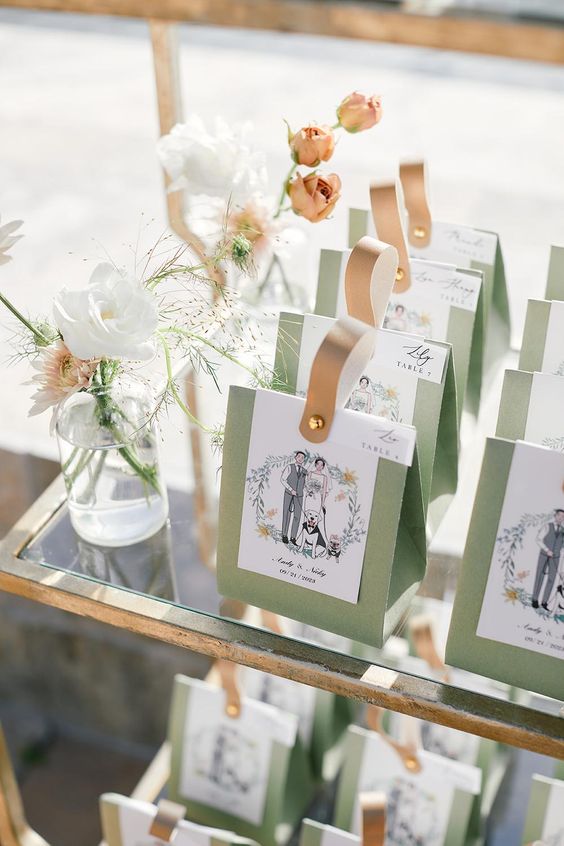
Tracking and Managing Your Budget
Managing your wedding budget effectively will help you stay within your financial limits and avoid unexpected expenses along the way. Here’s how to track and manage your budget throughout the planning process:
1. Use Wedding Budgeting Apps
Technology will be your best friend when it comes to managing your wedding budget! There are several wedding budgeting apps and online tools to help you keep track of your expenses, including our handy budget calculator and digital planner. These tools allow you to input your budget categories, track upcoming payments, and monitor your spending in real-time.
2. Regularly Review and Adjust Your Budget
Remember, your wedding budget isn’t set in stone. As you plan, you might encounter unexpected expenses or changes in your preferences. Make sure you regularly review and adjust your budget to accommodate these changes without overspending.
We’d suggest putting some time aside each month to compare your estimated costs with actual expenses, and make adjustments as needed. If you overspend in one category, you’ll need to look for ways to cut costs in another to balance your budget.
3. Keep Meticulous Records of Payments and Due Dates
Staying organized with your payments is crucial! Keep meticulous records to ensure you know exactly what has been paid, and when upcoming payments need to be made.
It’s a good idea to keep all of your invoices and receipts in one place so you can easily access them. Our digital wedding planner is the perfect way to manage these documents and track your spending.
4. Communicate with Your Partner
Effective communication with your partner is essential for managing your wedding budget! Both of you should be equally involved in the budgeting process and agree on any major financial decisions. Open communication will prevent any misunderstandings and ensure that you’re both on the same page.
Our suite of digital wedding planning tools here at WedSites has been designed to simplify your planning journey, including budget and guest list management. Learn more about our digital wedding planner here, or sign up for your account to get started!



